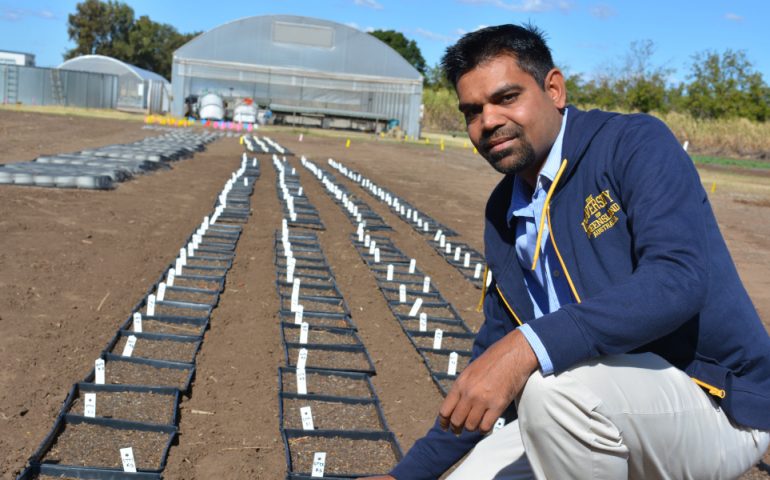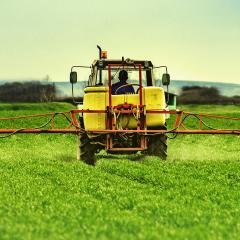Leaving crop residue on the soil’s surface might inhibit the effectiveness of some pre-emergent herbicides, according to new research from Queensland.

Pot studies suggest the effectiveness of pre-emergents on two common weeds fell by up to two-thirds when sorghum residue was retained on top of the soil.
The study, by weed scientists from UQ’s Centre for Crop Science, was undertaken at Gatton, Queensland. The researchers compared seedling rates and biomass of awnless barnyard grass (Echinochloa colona) and feathertop Rhodes grass (Chloris virgata). These major summer grass weeds affect cotton, mungbean and sorghum as well as vineyards and orchards.
The team leader Bhagirath Chauhan said: “It has been reported that the retention of crop residue protects weed seeds from predators and physical decomposition.
“Retaining crop residue to cover soil surfaces reduces evaporation and increases soil moisture. The practice has been shown to improve moisture conductivity and better seed-soil contact, resulting in higher plant seedling emergence rate and growth.
“The results of this study showed that the efficacy of pre-emergent herbicides could be reduced by crop residue retention. The results suggest the amount of crop residue on the soil surface should be adjusted according to the nature of the pre-emergent herbicides.”
The researchers found more weed seedlings in soils covered with 3t/ha sorghum residue, compared to soils with no-residue, although rates for feathertop Rhodes grass almost halved when residue rates were doubled.
Sorghum residue retention increased the biomass of barnyard grass but had no effect on feathertop Rhodes grass.
Other researchers involved in the study were Ahmadreza Mobli, Abhimanyu Rinwa and Sahil.
Source: Research for Agriculture




